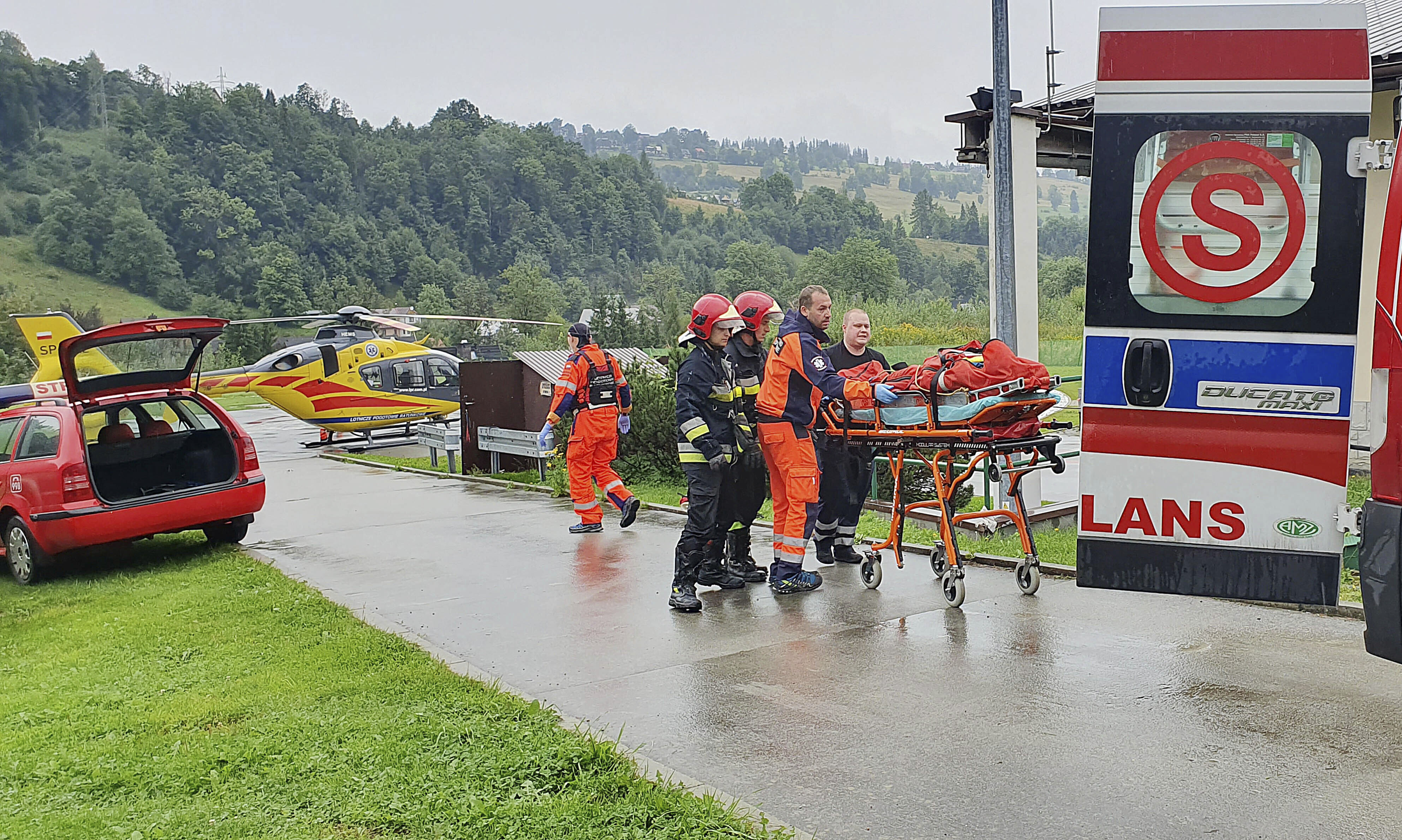
First Aid: How to do the primary survey (DR ABC)
Use the primary survey to quickly assess the situation and the casualty. Find out what to do
What is the primary survey?
The primary survey is a quick way to find out how to treat any life threating conditions a casualty may have in order of priority.
We can use DRABC to do this: Danger, Response, Airway, Breathing and Circulation.
Primary survey:
- Check for Danger.
- Check for a Response.
- Open Airway.
- Check Breathing.
- Check Circulation.
Treat the steps as needed.
What to do
- Primary survey – danger – always make sure the area is safe
Danger. Before approaching the casualty, always make sure the area is safe.
- Primary survey – response – check if the casualty is responsive or unresponsive
Response. Check if the casualty is responsive or unresponsive. As you approach them, introduce yourself and ask them questions to see if you can get a response. Kneel next to their chest and gently shake their shoulders, asking, ‘What has happened?’, ‘Open your eyes!’.
If the casualty opens their eyes, or gives another gesture, they are responsive.
If they do not respond to you in any way they are unresponsive and should be treated as quickly as possible.
- Primary survey – airway – check their airway is open and clear
Airway. Next, you need to check that the airway is open and clear. Open the airway by placing one hand on the forehead to tilt the head back and use two fingers from the other hand to lift the chin.
If they are unresponsive, you need to move on to breathing as quickly as possible.
- Primary survey – breathing – check casualty is breathing normally
Breathing. You now need to check if the casualty is breathing normally. Place your ear above their mouth, looking down their body. Listen for sounds of breathing and see if you can feel their breath on your cheek. Watch to see if their chest moves. Do this for 10 seconds.
If they are unresponsive and not breathing, you need to call 999/112 for emergency help and start CPR straight away. Ask a helper to find and bring a defibrillator (AED).
If they are responsive and breathing move on to circulation.
- Primary survey – circulation – check for severe bleeding
Circulation. Once you have established they are breathing, look and check for any signs of severe bleeding.
If they are bleeding severely you will need to control and treat the bleeding by applying direct pressure to the wound. Call Emergency Number for emergency help.
If they are unresponsive and breathing but with no bleeding, put them in the recovery position and call 999/112 for emergency help.
Once you have completed your primary survey and have treated any life-threatening conditions you can move on to the secondary survey (top to toe survey).
Watch the DR ABC primary survey video tutorial
Read Also:
Emergency Live Even More…Live: Download The New Free App Of Your Newspaper For IOS And Android
How To Carry Out Primary Survey Using The DRABC In First Aid
What Should Be In A Paediatric First Aid Kit
Does The Recovery Position In First Aid Actually Work?
Is Applying Or Removing A Cervical Collar Dangerous?
Cervical Collars : 1-Piece Or 2-Piece Device?
Cervical Collar In Trauma Patients In Emergency Medicine: When To Use It, Why It Is Important
KED Extrication Device For Trauma Extraction: What It Is And How To Use It
ABC, ABCD And ABCDE Rule In Emergency Medicine: What The Rescuer Must Do
Treating Injuries: When Do I Need A Knee Brace?
Wrist Fracture: How To Recognise And Treat It
First Aid, Fractures (Broken Bones): Find Out What To Look For And What To Do
RICE Treatment For Soft Tissue Injuries


